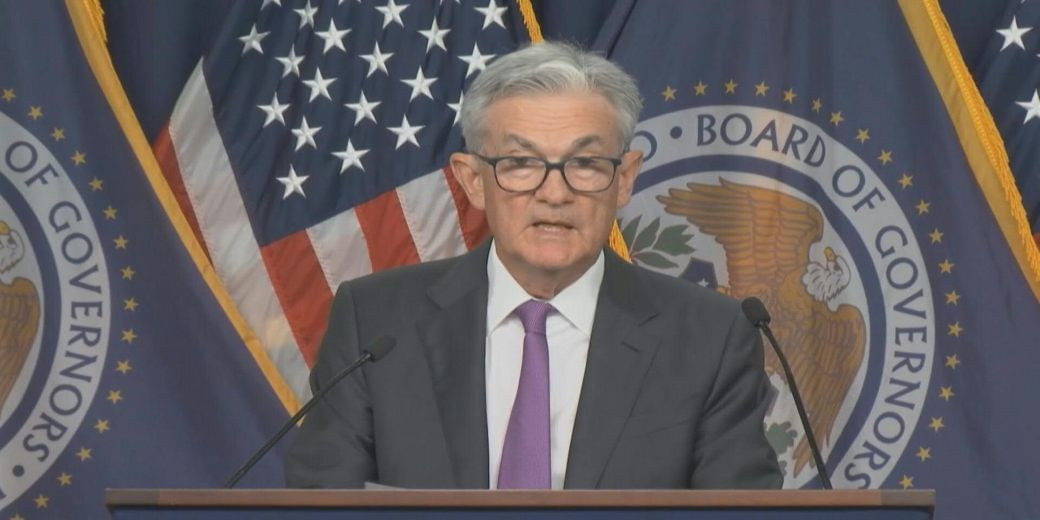US Fed again raises policy rates by 25bps
The economic forecast prepared by staff for the central bank's June policy meeting anticipated a mild US recession starting later in 2023

The Federal Reserve again raised interest rates by 25 basis points on Wednesday, citing still higher inflation. The rates are now at the highest level in 16 years.
The rate hike, the Fed’s 11th in its last 12 meetings, set the benchmark overnight interest rate in the 5.25%-5.50% range, and the accompanying policy statement left the door open to another increase, according to a news report by Reuters.
Later speaking to reporters, Fed chief jerome Powell said the US Federal Reserve staff are “no longer forecasting a recession” given the resilience of the economy recently, although a slowdown in growth later this year is expected. The economic forecast prepared by staff for the central bank’s June policy meeting anticipated a mild US recession starting later in 2023 — but positive economic news has raised chances of a “soft landing” in which officials bring inflation down without triggering a major downturn. As it stated in June, the Fed said it would watch incoming data and study the impact of its rate hikes on the economy “in determining the extent of additional policy firming that may be appropriate” to reach its 2% inflation target.
Though inflation data since the Fed’s meeting in June has been weaker than expected, policymakers have been reluctant to alter their hawkish stance until there is more progress in reducing price pressures.
Key measures of inflation remain more than double the Fed’s target, and the economy by many measures, including a low 3.6% unemployment rate, continues to outperform expectations given the rapid increase in interest rates.
Job gains remain “robust,” the Fed said, while it described the economy as growing at a “moderate” pace, a slight upgrade from the “modest” pace seen as of the June meeting. The U.S. government on Thursday is expected to report the economy grew at a 1.8% annual pace in the second quarter.